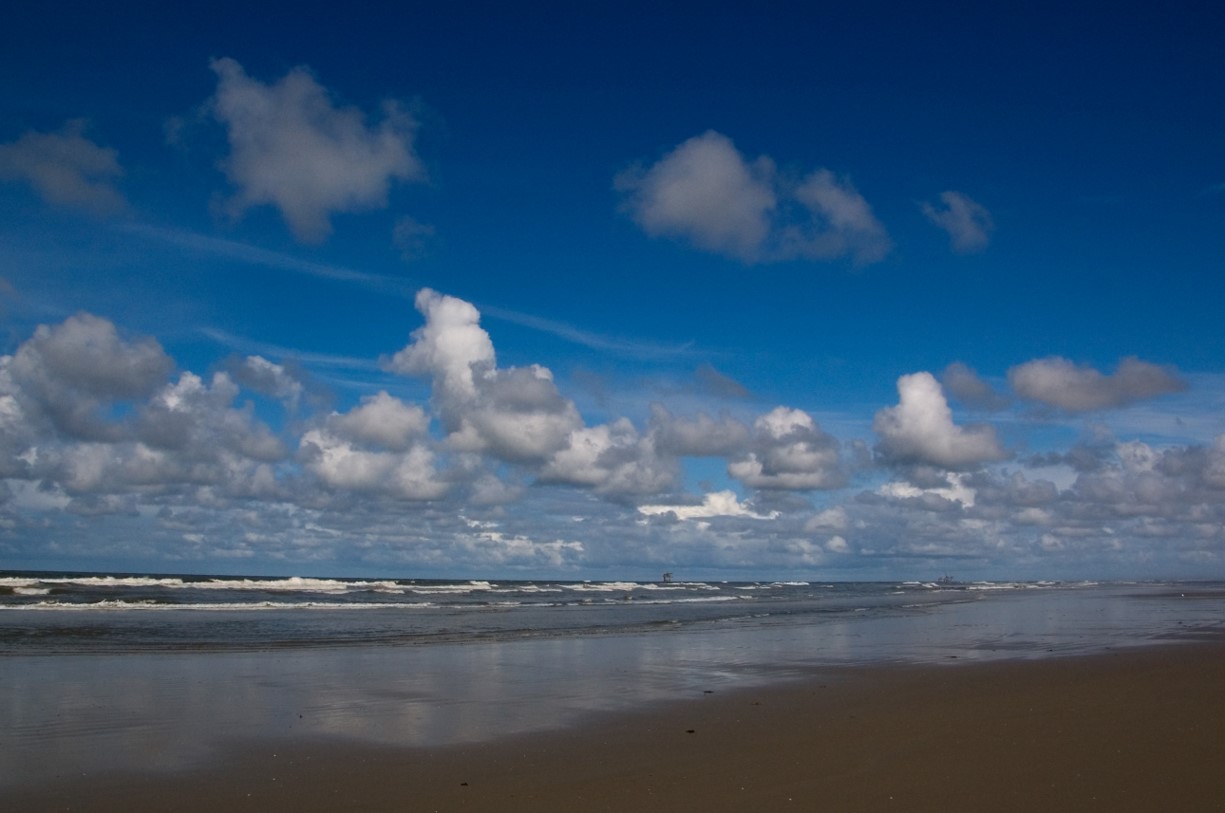The Dutch Continental Shelf is a mature part of the North Sea, experiencing a trend of rapidly declining production from a large number of small fields. Recently, exploration drilling has fallen to an historic low with only 4 exploration wells drilled in 2020 resulting in a total of <1 Bcm of discovered volume. In addition, from next year on, production from the giant onshore Groningen gas field will cease, significantly reducing total Dutch gas output.
Against this backdrop, there is a growing awareness that domestic gas is favourable over imported gas because of its lower carbon footprint. Also, predictions point to continued reliance on gas for decades to come. Therefore, there is a “now or never” attitude to get as much Dutch gas into existing infrastructure as soon as possible.

Geologists Ramon Loosveld and Douwe van Leverink from EBN – the state-owned company that participates in almost all Dutch oil and gas fields – are tasked to further stimulate exploration. Ultimately, their priority is to get the remaining high-ranked prospects drilled through data/interpretation sharing and collaboration with and between established operators.
Atlas project
In close collaboration with TNO, EBN aims to generate more momentum behind exploration through the release of even more play data and interpretations into the public domain. Earmarked as the Atlas project, data related to all known petroleum plays will be released from the end of this year onwards in a GIS environment. “Building on many Joint Industry Projects executed over the past decades, Atlas will provide quick and easy access to aggregated data and modern interpretations for all relevant plays,” van Leverink adds.
Size of the prize
Based on an extensive study EBN has estimated that 30-50 Bcm of risked recoverable gas can be expected to be discovered from the Dutch Continental Shelf. “Given that total production from the Dutch offshore sector is estimated to be around 5 Bcm per year in 2030, the size of the prize still out there is significant and could boost annual production figures if discovered and developed in the 10 years to come,” Loosveld emphasises.
Now or never
As infrastructure is rapidly ageing and volumes transported are more and more marginal, the urgency to explore right now and connect new discoveries to the existing pipelines is high. “Yes, we have heard this story for quite a few years now,” Loosveld admits, “but the sense of urgency is surely more tangible and more present now.”
Investment in seismic
“At EBN we are open to initiatives by the operators to optimise the way we image and map the subsurface. For that season, we will still invest in reprocessing and co-fund new surveys if there is a clear business opportunity,” van Leverink says. “Even though the Dutch offshore is close to being fully covered by 3D seismic, some of the remaining prospects reside in complex geological settings and could be de-risked by modern acquisitions.”
Time of competition between operators is behind us
Back in the days, intelligence about prospects and drilling results was treated as company a secret. “These days are behind us,” Loosveld reiterates: “collaboration should outweigh competition in times when remaining prospects need to be drilled and developed as quickly as possible.”
HENK KOMBRINK




